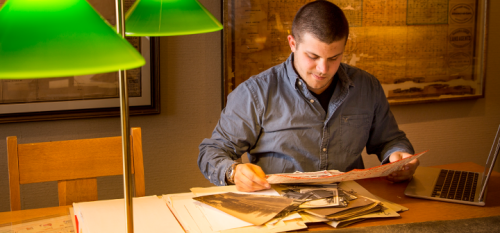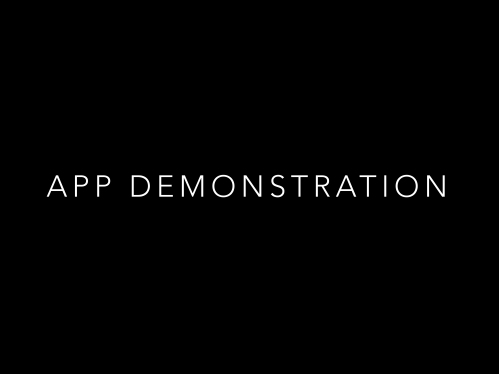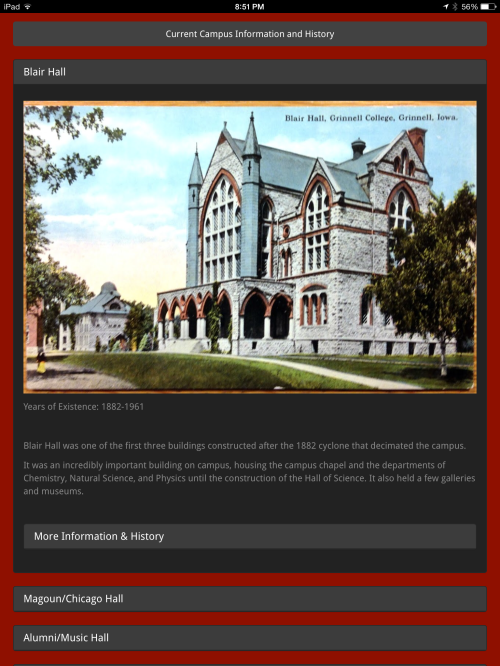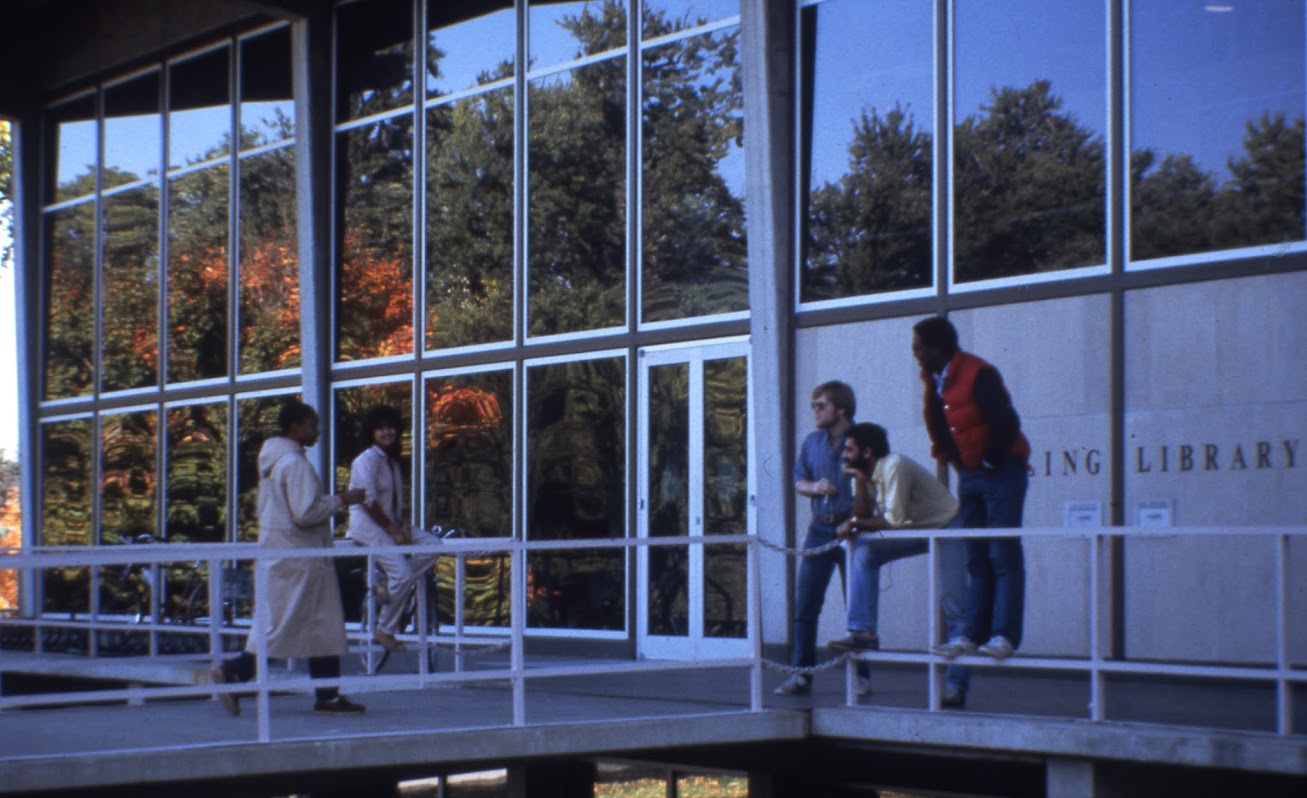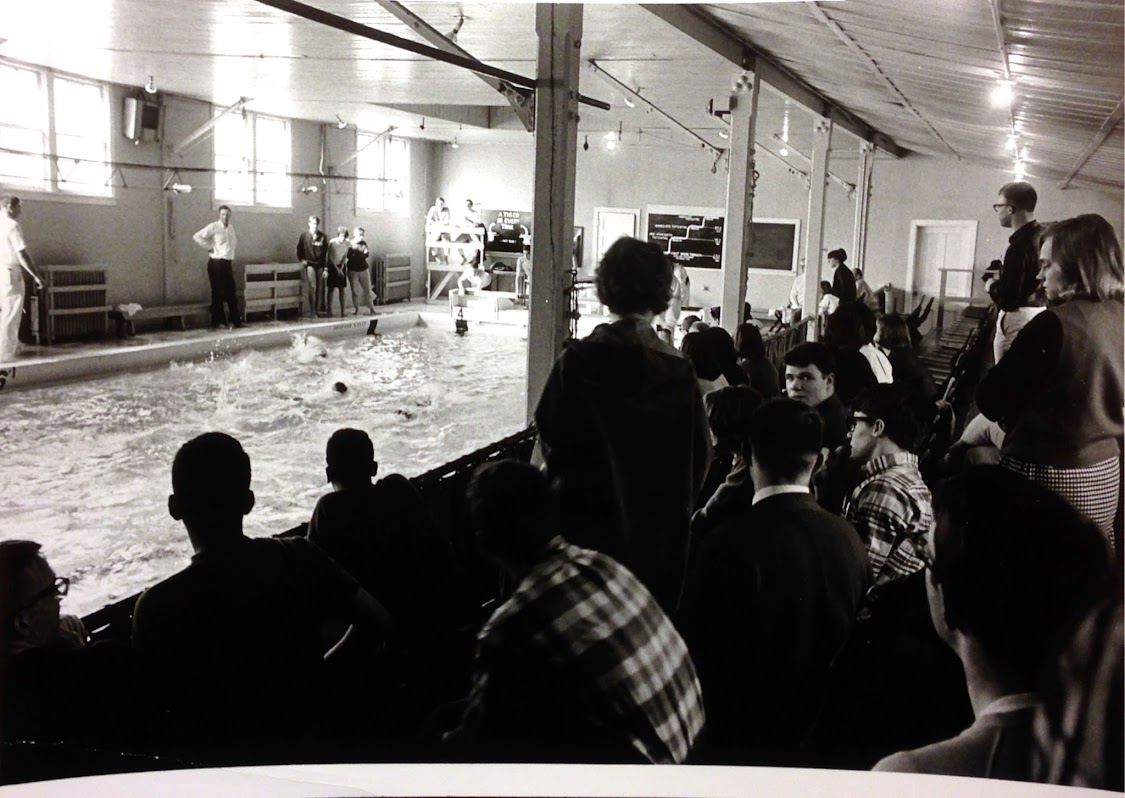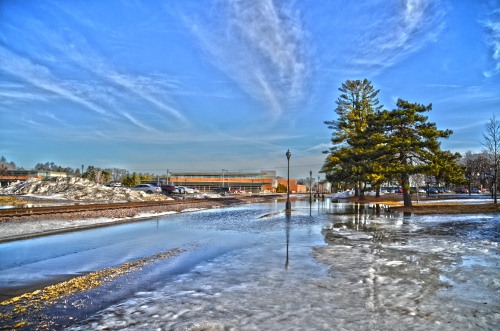I’ve decided to post my various publications to this blog for my organization and your enjoyment.
Social media is slowly but surely becoming a part of every student’s life. However, they’re not the only ones. Some Grinnell professors have turned to Twitter as a way to personally and lightly engage their students outside of just the classroom.
“If I find an article that relates to a class I’m teaching, I’ll repost it using a hashtag that’s specific to the course that’s ideally going to create this sort of dialogue that will continue not just beyond the classroom, but beyond the course itself,” said Carolyn Lewis (@CaroHerbLew), History.
Twitter has been seen as a viable forum for academic discussion and tweets are becoming increasingly relevant in academic discussion.
“I think it’s scary and wonderful, on both a personal and professional level,” Lewis said. “One of the things that my students have talked about this past semester is how are we going to use these [tweets] as primary sources. It’s terrifying, but also exciting from a cultural standpoint.”
Other professors, such as Dean Bakopoulos (@DeanBakopoulos), English, use Twitter as a way to help students ask questions they find relevant to the course or would like to engage outside perspectives and resources.
Twitter is also an easy place for professors to simply share things that they find interesting or relevant to their students and peers and to find new information for themselves.
“A lot of Twitter is recommending articles back and forth, sometimes not even full articles, but websites, blogs, things like that,” said Director of the Rosenfield Program Sarah Purcell (@SarahJPurcell), History. “There is a personal friendly side to it. If I tweet about something that we’re doing in class, then I get the reaction from alumni and people from other institutions talking about that kind of thing.”
But Twitter exchanges are not to be taken solely as friendly and trivial. Conversations on Twitter can also lead to connections and collaborations.
“I encouraged my summer students to use Twitter as a way to network and to find out ways to use technology in their project,” Purcell revealed. “One of my students was able to connect with someone on Twitter who was absolutely integral in answering research questions about his project.”
One of the trickiest parts about social media for professors has been interaction with students.
“I’ve made it clear I have no interest in following my students on Twitter. I remember when I first mentioned [Twitter], the looks of horror on people’s faces. But I always remind them, you shouldn’t be putting anything on Twitter that you wouldn’t want your professors to see,” Lewis said.

Professors are also aware of the fact that the purpose of Twitter is not solely for academic research or exchange. For instance, Bakopoulos uses his Twitter feed to promote himself as an author, separate from his work as a professor.
“It’s not really for my students, it’s for any readers of my work. But students often read my work and follow me on Twitter,” he said. “I try to think of [my Twitter] as my writer persona; I never mention my official title at Grinnell in my bio.”
Bakopoulos also noted the difficulty of balancing personal and professional content on Twitter.
“If I was purely a writer and not connected to any institution, I could say whatever I wanted. But I do often have to remember that my students are following me sometimes. It’s a new world for me as far as censoring myself when I have a joke to make,” he said. “Once or twice I’ve deleted a tweet real fast.”
While Lewis and Bakopoulos don’t see back and forth interactions with students as the standard use for their Twitter accounts, Purcell has welcomed it.
“I really embraced the idea that Twitter is meant to be public from the beginning. The idea is that it’s perfectly appropriate, as far as I’m concerned, to connect to students on Twitter and have them follow you,” Purcell said. “It’s also a helpful lesson to remind students that what they say on Twitter is public.”
One thing that the three professors did agree on was that Twitter was sparking conversations and spreading information in new and more efficient ways. Bakopoulos notes this method as being less formal and forceful than sending out class emails suggesting additional readings.
Lewis and Purcell both praised Twitter for how easy it has made connecting to authors or other experts.
“I would never pick up the phone to call a random author to tell them I liked their book. I’m not even going to write them a letter or an email,” Lewis said. “But somehow with Twitter, those boundaries are broken down in a way that you can reach out.”
In spite of its benefits and uses, Purcell sees Twitter as more of an aid to teaching, rather than a main vehicle for education.
“[Twitter’s] not the whole conversation in itself. It’s a facilitator for other conversations that are already going on.” Purcell said. “It can’t replace the classroom or the professional contacts, but it just allows you to make connections and supplement what’s already happening.”
